Search
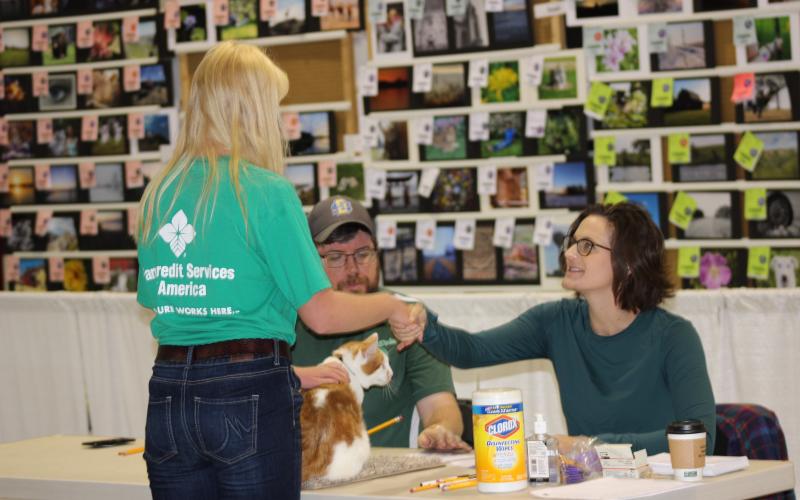
4-H Volunteer Application
New volunteers interested in being a club leader, cloverbud leader, project leader, committee member or other local and state roles should complete this application.
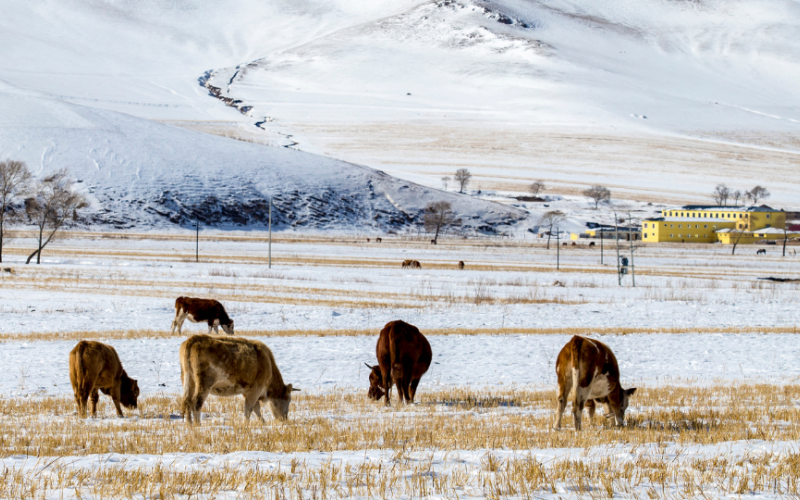
SDSU Extension discusses new Weaned Calf Risk Protection Insurance
November 06, 2023
South Dakota State University Extension will discuss the new Weaned Calf Risk Protection Insurance product during its November session of Ag Economic Dialogues.
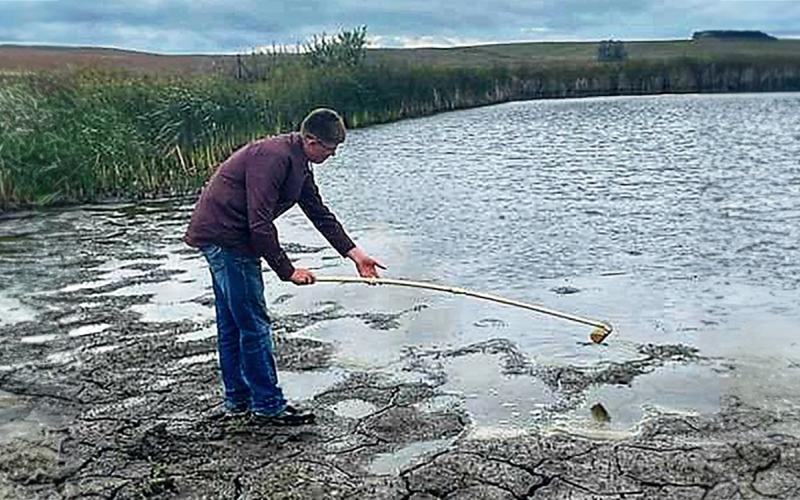
Performing a Field Test for Livestock Water Quality
Learn how to use some simple, readily available tools that can help analyze the quality of your livestock water sources right in the field.

Interpretation of Water Analysis for Livestock Suitability
Fact sheet to help decipher both the results of a “quick test” and laboratory analysis for livestock suitability.
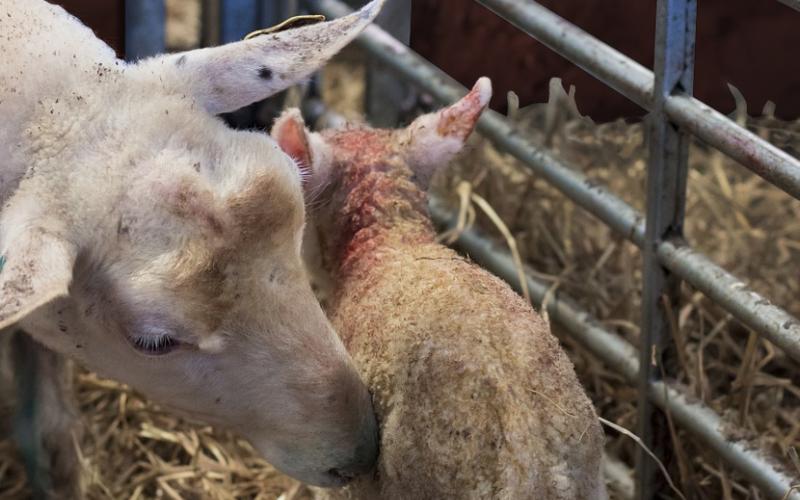
Newborn Lamb Care Management
Proper newborn lamb care is a critical component of flock profitability. In the U.S. lamb mortality from all causes is approximately 20% with more than 80% of those losses occurring in the first two-weeks following lambing.

Knowing Your Numbers: What are your operational benchmarks?
Tightening margins have posed a challenge to many sheep producers over the last few years. Enterprise budgeting and knowing your operational benchmarks can help.

Should We Sell Corn Stalks?
Grazing and baling corn stalks can offer producers financial and agronomic benefits, and also provide feed resources for cattle producers. Learn how to determine if it's the right decision for your operation.
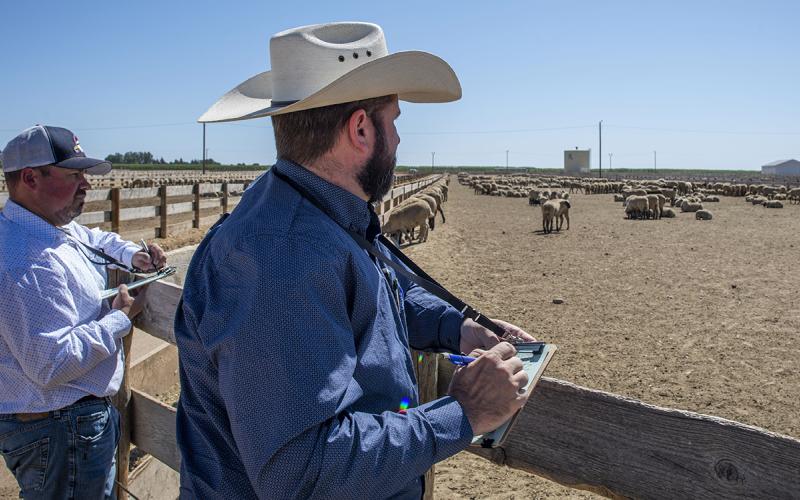
Direct Marketing Lamb: Estimating Finish Weights
Determining when lambs should be harvested is critical for optimal quality and consumer satisfaction.
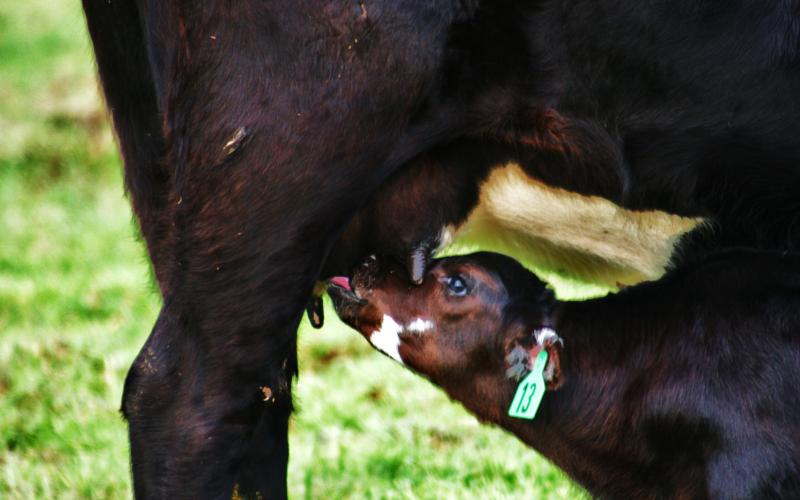
The Suckling Effect
As soon as the calf hits the ground, the reproductive clock of the cow starts to tick. In order to maintain the annual production cycle of the cowherd, cows and heifers must overcome postpartum anestrus within 83 days of calving.
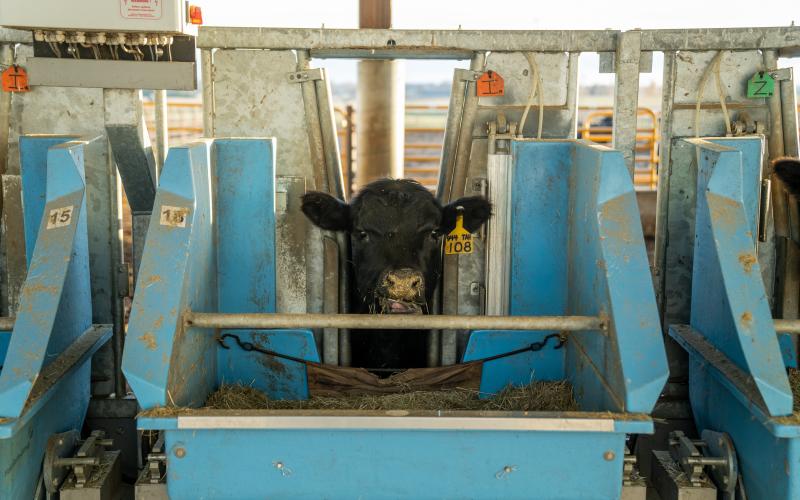
SDSU Extension precision livestock field day canceled
December 04, 2023
The Precision Livestock Management Field Day in Brookings has been canceled.